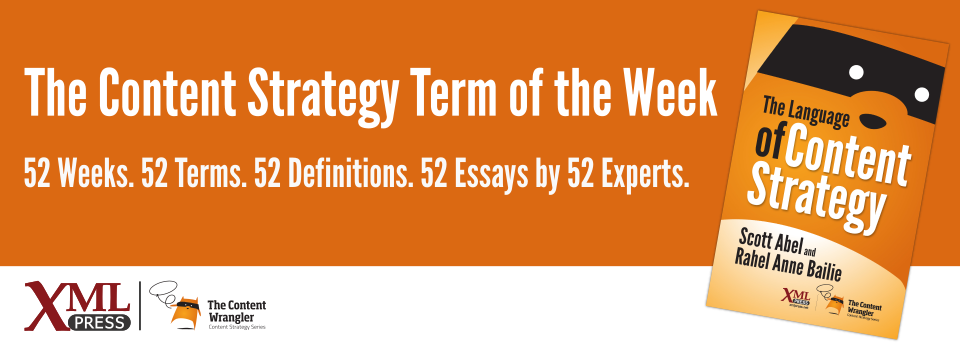What is it?
The process of refining language to improve its readability, accuracy, clarity, consistency, translatability, findability, extensibility, linguistic correctness, and tone and voice.
Why is it important?
Ultimately, optimized content benefits content consumers; good quality content allows readers to focus on the message without editorial distractions.
Why does a content strategist need to know this?
Successful content optimization means understanding your audiences and designing your language rules around the capabilities, needs, and desires that will make content consumption most effective. Content optimization involves more than just tone and voice.
Consider these aspects of content:
-
Reading grade level: Ensure that the vocabulary and sentence construction match the reading grade level of the audience.
-
Grammar: Strike a balance between grammatical perfection and engaging content. The audience may not care whether a term is “fewer” rather than “less.” They may care about confusing text full of dangling participles and split verbs. Optimization makes language livelier, more interesting, and more appropriate to the audience.
-
Non-native readers: The text may be written in English, but your audience often includes readers who aren’t native speakers. Optimize the content for them, too, by using short words, short sentences, and simple sentence construction.
-
Translatability: Audiences include both human translators and machine translation systems. Clear, unambiguous language eases translation and improves overall quality—and that’s good for everyone.
-
Consistency: Creativity can go too far. Practices such as using multiple terms to refer to the same object run the risk of confusing the audience.
-
Findability: Content is a waste if you can’t find it. Know the search terms that are most appropriate for your content and ensure that those terms are placed prominently within your content.
You can optimize content manually during or after the content creation process. However, for larger bodies of content, you may want to consider an automated process for some optimization tasks.

